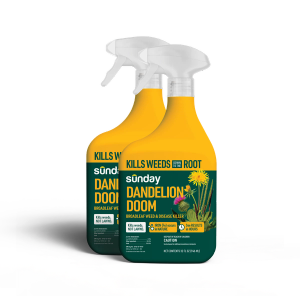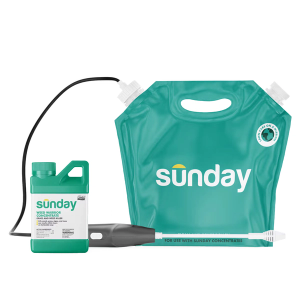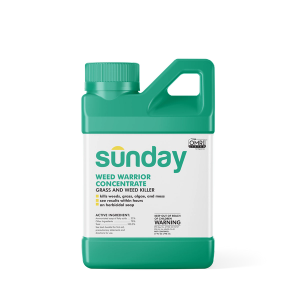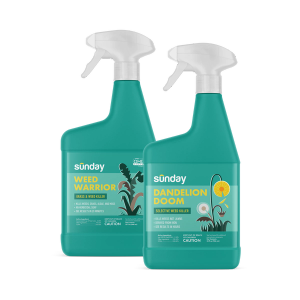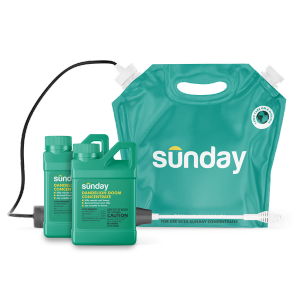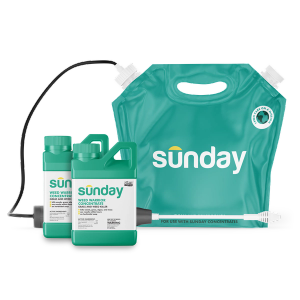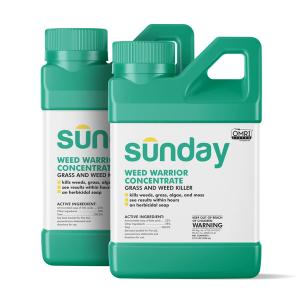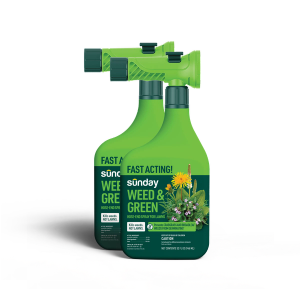The eastern warm-season region
Warm-season lawns are common throughout the warmer southern regions of the eastern U.S., including: Alabama, Florida, Georgia, Hawaii, Louisiana, Mississippi, North Carolina, South Carolina, and Texas.
Warm-season grasses can also be grown in parts of the transition zone in the East. This includes portions of Arkansas, Illinois, Indiana, Kansas, Kentucky, Maryland, Missouri, New Jersey, Ohio, Oklahoma, Tennessee, Virginia, and West Virginia.
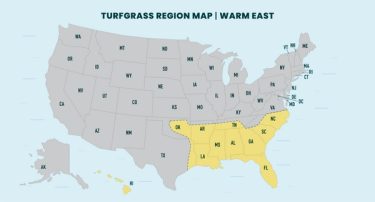
Warm-season grass types
Warm-season grasses in the East include the following:
These grasses grow best in the warmer summer months, when temperatures are between 80 and 95ºF, and may go dormant in the winter if temperatures regularly drop below 50ºF.
You might also see the occasional buffalograss, bahiagrass, or paspalum lawn, but these are not super common in this region.
Growing warm-season grass in the East
Even though warm-season grasses are better adapted to heat and drought than their cool-season counterparts, in the summer, supplemental lawn watering may still be required during dry spells to keep the grass green. Just keep an eye out for disease issues, since warm, humid weather and wet grass leaves can lead to lawn disease.
In the winter, these grasses may go dormant or be susceptible to cold damage (or even winter kill), particularly in the cooler regions of the transition zone where temperatures can drop below freezing. Because of this, they may also be a little slower to green up in the spring than some of the cool-season grasses.
Plant warm-season grasses in the summer to crowd out weeds, fill in bare spots, and improve the overall health and appearance of your lawn. Remember: Not all warm-season grasses can be grown from seed, and you might have to use sod, sprigs, or plugs instead.
Sunday Tip:
Warm-season grasses don’t grow so well in the shade. If you have a shady area where your grass is struggling, reduce traffic and fertilizer applications in these areas and mow a little higher than usual. If the problem persists, it may be time to switch to a more shade-tolerant grass, or make the switch to some shade-loving perennials instead.
Lawn care help for warm-season grass in the East
Deciding what products to use to help your lawn thrive can be tricky. Using the tips above, start by narrowing in on the opportunities or challenges in your unique lawn. Are you dealing with patches, shade, weeds, or something else? The most important things to consider when determining what help your lawn might need is what type of grass you are growing and how healthy your soil is.
Here are some of our go to products for the East that you can get shipped to your door from Sunday!
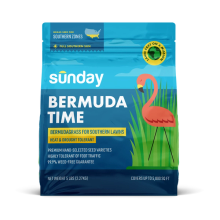
Bermuda Time Common Bermudagrass Seed
- Heat & drought tolerant
- High sunshine
- Low water needs
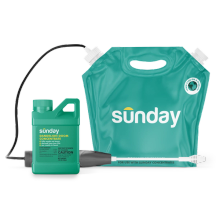
Dandelion Doom Lawn Weed Killer - Starter Pack
- Kills weeds down to the root
- Safe for use on lawns
- See results within hours
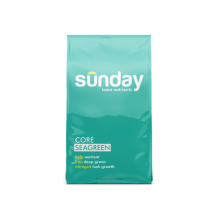
Core Seagreen Dry Fertilizer
- Dry granular formulation
- Designed for large lawns
- Boast resilience, greenup, and soil structure
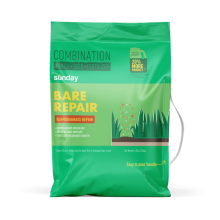
Bare Repair Common Bermudagrass | Lawn Patch Kit | 3-in-1 Repair
- Works in 21 days or less
- Bermudagrass lawns southern climates
- Blend of seed, nutrients, and mulch
Resources for warm-season lawns in the East
Warm-Season Lawn Care Guide
Not sure what you should be doing in your lawn season-to-season? Our warm-season lawn care guide offers month-by-month to-dos to make lawn care easy.
Overwatered vs. Underwatered Lawns
Whether your lawn is lime green, limp and flimsy, or turning from blueish gray to brown and crispy, this quick checklist can help you identify and recover an overwatered or underwatered lawn.
NPK for Lawns
What do those 3 numbers (N-P-K) on your fertilizer bag mean? Nitrogen (N), phosphorus (P), and potassium (K) are the nutrients your grass needs most in order to grow healthy and dense.
Weed ID Guide
Got weeds? Our weed ID guide can help you identify your lawn weeds, so you can better target your weed management approach.
Easy Eco Lawn Changes
Wanting to grow a more sustainable lawn, but not quite sure where to start? There are a few easy eco lawn changes you can make today to reduce your little plot of land’s environmental impact.







